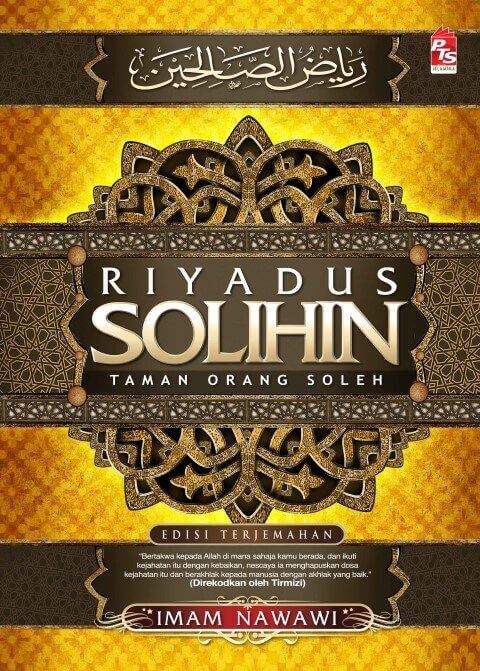It has been 50 years that Malaysia and Republic of Korea has it diplomatic ties going on. The two nations are celebrating this 50 years of good historical journey together in both countries.
In conjunction with the celebration, Pos Malaysia Berhad has produced a Malaysia-Korea Joint Issue of the 50th anniversary of Malaysia-Korea Diplomatic Relations Commemorative Stamps together with the first day cover. The icon which has been chosen to commemorate this celebration is the tiger. The stamps feature the image of the Malayan tiger and Korean tiger.
In conjunction with the celebration, Pos Malaysia Berhad has produced a Malaysia-Korea Joint Issue of the 50th anniversary of Malaysia-Korea Diplomatic Relations Commemorative Stamps together with the first day cover. The icon which has been chosen to commemorate this celebration is the tiger. The stamps feature the image of the Malayan tiger and Korean tiger.
Malayan Tiger - The Malayan Tiger (Panthera tigris jacksoni) is found only in Peninsular Malaysia.
The Malayan tiger, along with the Sumatran tiger, is perhaps the smallest extant subspecies of tiger. Its stripe pattern is similar to the Indochinese tiger but its size is closer to the Sumatran tigers, with an average weight of 120kg for adult males and 100 kg for females. Male Malayan tigress around 200cm in length.
The Malayan tiger is much found in the lower areas of the rain-forest. It preys on sambar deer, barking deer, wild boar and livestock. The population of the Malayan tiger is decreasing rapidly due to the main threat; that is humans.
The Malayan Tiger is a national icon and thus is depicted in the coat of arms of Malaysia, symbolising the government and also appears in various trademarks and logo of various Malaysian Institution as it symbolizes bravery and strength to Malaysians.
Korean Tiger - The Korean tiger (Panthera tigris altica) is also known as the Siberian, Amur, Manchurian and North China tiger. It is the biggest of the eight tiger subspecies and the largest living felid. Recent research in 2009 revealed that the current Siberian tiger population is almost identical to the Caspian tiger, which is now extint.
The Korean tiger may be 4m long, including the tail, and weigh 290 kg, much larger than any other tigers. The coat of the Korean tiger is moderately thick, coarse and sparse compared to that of others. The summer coat is coarse, while the winter coat is denser, longer, softer and silkier.
The Korean tigers feed on wild boar and deer tigers.It will also take smaller prey like rabbits and fish. The Korean tiger is mostly confined to low mountains, having been displaced by humans from lower areas. Its most common habitats are mountain river valleys and pads overgrown with pine and oak, as well as among mountains teaming with deciduous shrubs or in oak or nut-tree groves.



















No comments :
Post a Comment